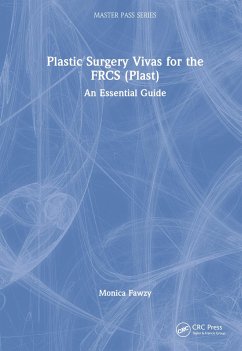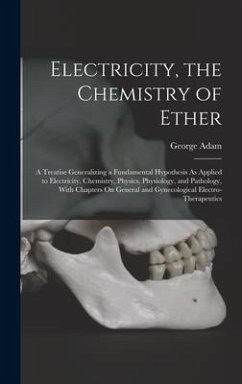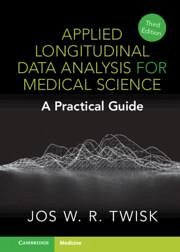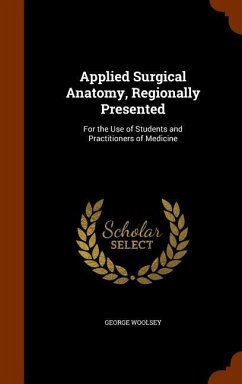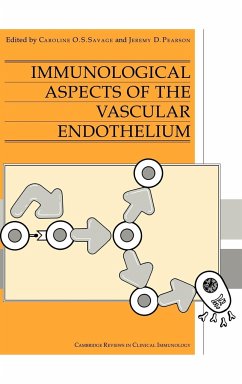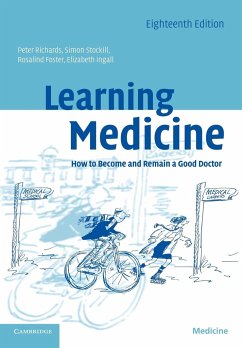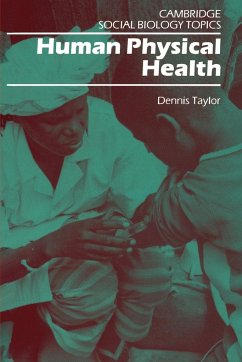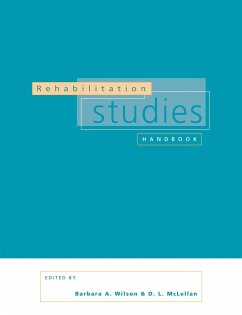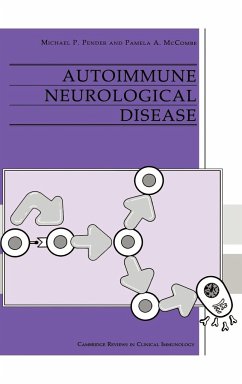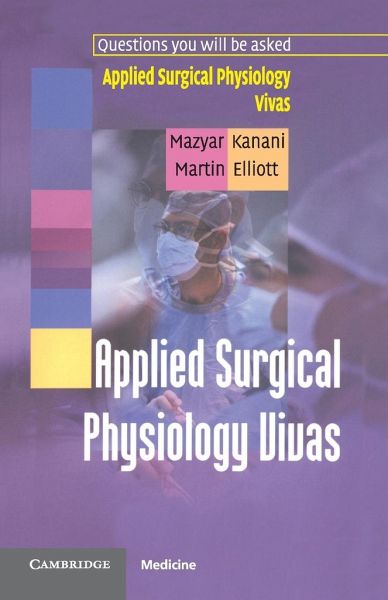
Applied Surgical Physiology Vivas
Versandkostenfrei!
Versandfertig in 1-2 Wochen
82,99 €
inkl. MwSt.
Weitere Ausgaben:

PAYBACK Punkte
41 °P sammeln!
An understanding of basic sciences is the cornerstone of medical and surgical training, and viva examinations in particular remain a source of anxiety for many candidates. Applied Surgery Physiology Vivas follows the same format as the hugely popular General Pathology Vivas and Surgical Critical Care Vivas. It gives candidates a means of practising some of the most common questions that they will be asked in their viva examinations, with detailed model answers and diagrams to highlight key points where necessary. Pocket-sized for portability, and packed with useful information in an easy-to-us...
An understanding of basic sciences is the cornerstone of medical and surgical training, and viva examinations in particular remain a source of anxiety for many candidates. Applied Surgery Physiology Vivas follows the same format as the hugely popular General Pathology Vivas and Surgical Critical Care Vivas. It gives candidates a means of practising some of the most common questions that they will be asked in their viva examinations, with detailed model answers and diagrams to highlight key points where necessary. Pocket-sized for portability, and packed with useful information in an easy-to-use A-Z format, this book will help the reader to broaden their knowledge base and, by practising the vivas, gain confidence in their examination technique.





